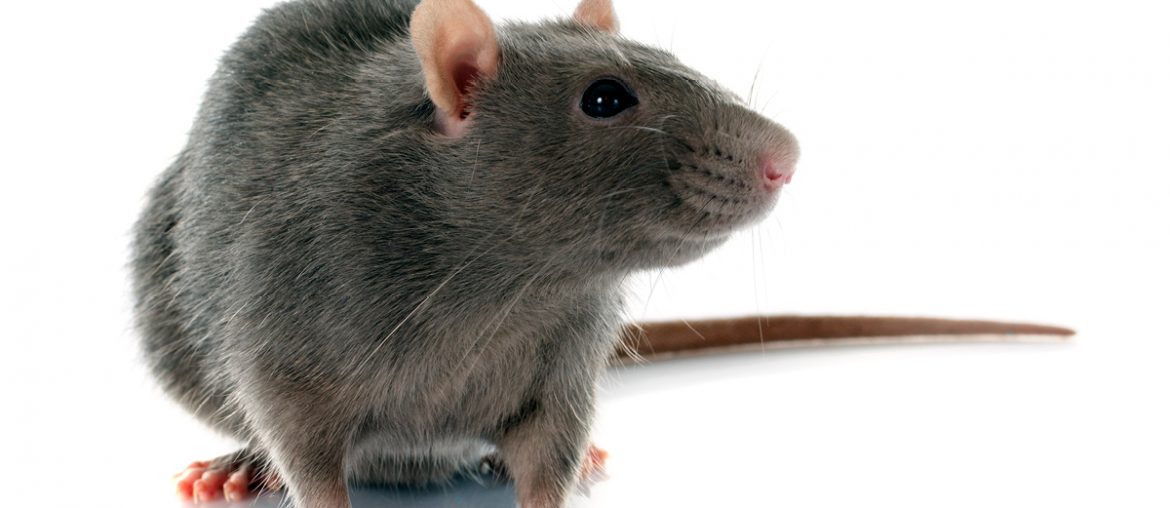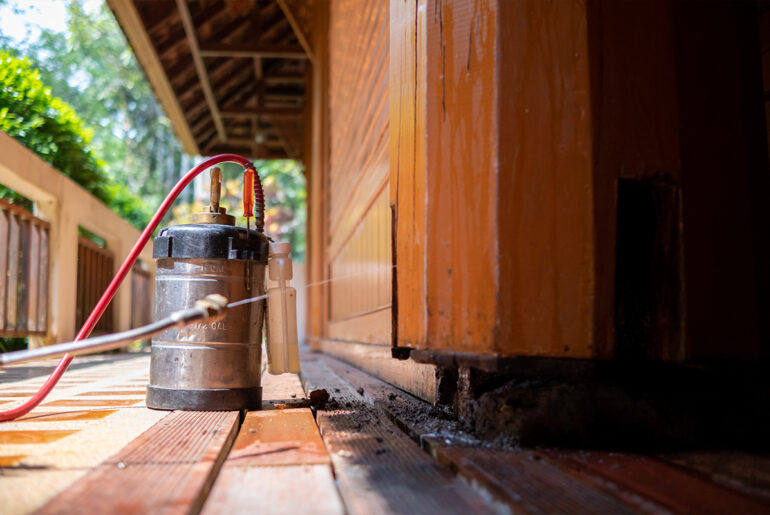As a pest control professional, you know how easy life can be for rodents once they find their way inside a man-made structure. With shelter from the elements, protection from predators, and easy access to food, human homes, and buildings are all too attractive to rats, mice, and other pests.
Your customers rely on your technicians to be the barrier between their spaces and rodent invaders, but the job can be easier said than done without a solid plan and the right technology. Forming a plan that’s tailored to the customer’s space is key, whether it’s a restaurant, manufacturing facility, food processing plant, or someone’s home.
Forming a rodent control plan and implementing it is the right place to start, but monitoring the results is equally important—and often even more time-consuming. Being able to routinely monitor how your plan is taking effect is crucial to keeping rodents out long-term, and the latest technology can expedite the process to free up your techs to offer customers recommendations for preventative options moving forward. In turn, this will help you to improve your bottom line.
The three common steps that comprise an integrated pest management program include:
- Inspection
- Prevention and Control
- Monitoring
Inspection
A thorough inspection of the exterior and interior of a building is useful in identifying structural defects and locations where rodents are present, as well as where they’re most likely to obtain entry and find comfortable living and nesting conditions. To be most effective, a written evaluation should identify the kind, extent, and severity of the rodent infestation; locations where rodents may be entering the building; any possible supporting reasons for the infestation, such as access to food, water, or shelter; and the presence and location of major rodent activity and harborage areas.
These findings are crucial to creating the correct recommendations and identifying the most appropriate rodent control strategies and changes needed to ensure no further damage. Continual observation and record-keeping during follow-up inspections allow technicians to track the effectiveness of the strategy and to make changes if circumstances continue to evolve.
Prevention and Control
To control rodents within a building, technicians need to take a two-pronged approach; new rodents need to be prevented from entering, and rodents that have already entered need to be removed. If either factor isn’t properly addressed, you can bet that the infestation will only continue to get worse as time goes on.
Putting a program in place to take control of the situation is key to eliminating infestations and preventing future issues, and this step often falls on the shoulders of your technicians. However, they cannot do it alone; choosing a course of action and executing the required steps is a collaborative effort and calls for commitment from a number of parties. These may include the building owner, facility manager, or residents along with the pest control professional. Getting everyone on the same page is critical to moving forward and successfully dealing with the infestation.
Monitoring
Once a plan has been approved and put into action, a continuing monitoring program completes the process of managing rodent infestations. Without monitoring the situation over time, no plan for controlling rodent infestations is complete. All the traps and bait in the world won’t solve the problem if no one is checking the traps and ensuring that everything is going to plan.
Creating diagrams to document before-and-after plans, track where traps have been placed, and note activity, conditions, and trends will help technicians know what needs to be inspected on each visit and where to look. Collecting information relating to the actual presence of rodents, noting relative increases and decreases in the number of animals present, and using diagrams to clearly point out those areas in the building where rodent activity is heaviest will serve as the base for additional recommendations and programs.
These steps are all great in theory, but putting them in place—especially in large facilities—can prove to be an especially tough hurdle for your technicians to contend with. This is especially true if they are spending the majority of their time manually inspecting traps, which tend to be placed in inconspicuous areas that are difficult to access. Some pest control operators note that in larger facilities—some of which can require the placement of over 100 traps—it can take multiple days for a technician to manually inspect each and every trap. If your techs are spending all this time inspecting rather than recommending the next steps, you’re missing the opportunity to secure potential revenue from new, preventive service offerings.
PestPac’s new integrated smart traps solution provides technicians with an easy way to identify activity without the need to manually check each trap, limiting the need to access tricky areas, open each and every trap, and note whether or not there’s been activity. The end result is more time for your technicians to spend offering valuable recommendations to your customers to improve future revenue.
When integrated with PestPac and Bluetooth technology, Bell Sensing IQ products allow technicians to scan traps for potential activity from a range of 50-100’. Technicians can then electronically document which devices have shown signs of activity, add supplemental information as necessary, and move on to the next set of devices. While your customers can rest easy knowing that no devices have been missed during your technicians’ visit, your team benefits from all of the account’s details being documented and available in a single system where they can be readily accessed as needed. PestPac also makes it easy to fill out any necessary forms tied to the account or pest activity, saving your technicians even more time so that they can provide your customers with improved service and personalized recommendations.
Controlling rodents in buildings is absolutely crucial to ensuring the health and safety of businesses and the people they serve, so it’s essential that rodents not only be removed but also prevented from returning to buildings once they’re eradicated. Putting monitoring programs that ensure frequent building inspection, management, and improvements into place is essential for a business’s success and survival, and PestPac helps your technicians to make that a reality with comprehensive functionality and Bell Sensing IQ products integration.
To learn more about how PestPac can help your technicians save time on every job, explore PestPac today!




